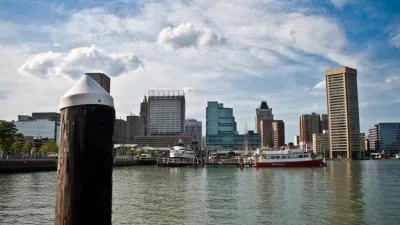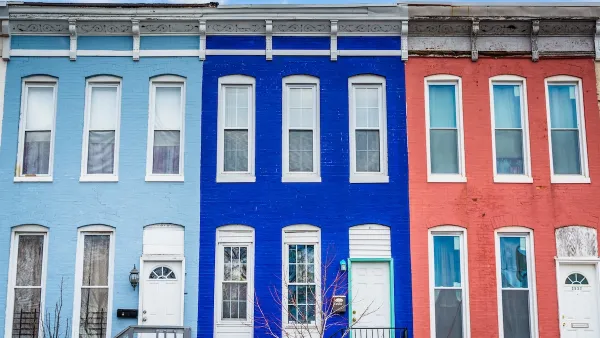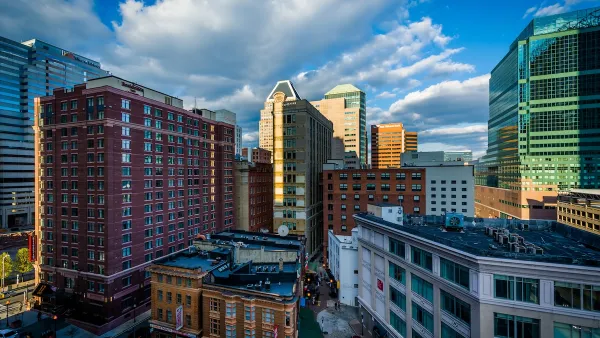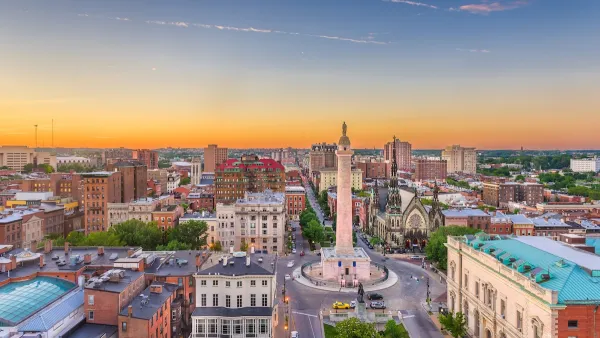The recent riots in Baltimore have revived the old stereotype of poor, crime-infested inner cities. Orlando Patterson argues in the New York Times that the truth about inner cities is much more nuanced and hopeful.

The challenges facing inner-city America are as tough as ever, as the Baltimore riots illustrated. Harvard Professor Orlando Patterson argues, though, that these challenges are different from the ones that cities faced during the periods of racial strife in the 1960s and are even different from simplistic accusations of racism and police brutality. He calls for "a more realistic understanding of America’s inner cities."
Patterson reports that the inner cities are not all that different. Even amid poverty and blight, crime is caused by a relatively small number of residents.
"According to recent surveys, between 20 and 25 percent of their permanent residents are middle class; roughly 60 percent are solidly working class or working poor who labor incredibly hard, advocate fundamental American values and aspire to the American dream for their children. Their youth share their parents’ values, expend considerable social energy avoiding the violence around them and consume far fewer drugs than their white working- and middle-class counterparts, despite their disproportionate arrest and incarceration rates."
"In all inner-city neighborhoods, however, there is a problem minority that varies between about 12.1 percent (in San Diego, for example) and 28 percent (in Phoenix) that comes largely from the disconnected youth between ages 16 and 24....[Their] culture is reinforced by contemporary conditions like poverty, racial discrimination, chronic unemployment, single parenting and a chemically toxic, neurologically injurious environment, like the lead paint that poisoned Freddie Gray."
"In regard to black youth, the government must begin the chemical detoxification of ghetto neighborhoods in light of the now well-documented relation between toxic exposure and youth criminality. Further, there should be an immediate scaling up of the many federal and state programs for children and youth that have been shown to work: child care from the prenatal to pre-K stages, such as Head Start and the nurse-family partnership program; after-school programs to keep boys from the lure of the street and to provide educational enrichment as well as badly needed male role models; community-based programs that focus on enhancing life skills and providing short-term, entry-level employment; and continued expansion of successful charter school systems."
FULL STORY: The Real Problem With America’s Inner Cities

Analysis: Cybertruck Fatality Rate Far Exceeds That of Ford Pinto
The Tesla Cybertruck was recalled seven times last year.

National Parks Layoffs Will Cause Communities to Lose Billions
Thousands of essential park workers were laid off this week, just before the busy spring break season.

Retro-silient?: America’s First “Eco-burb,” The Woodlands Turns 50
A master-planned community north of Houston offers lessons on green infrastructure and resilient design, but falls short of its founder’s lofty affordability and walkability goals.

Test News Post 1
This is a summary

Analysis: Cybertruck Fatality Rate Far Exceeds That of Ford Pinto
The Tesla Cybertruck was recalled seven times last year.

Test News Headline 46
Test for the image on the front page.
Urban Design for Planners 1: Software Tools
This six-course series explores essential urban design concepts using open source software and equips planners with the tools they need to participate fully in the urban design process.
Planning for Universal Design
Learn the tools for implementing Universal Design in planning regulations.
EMC Planning Group, Inc.
Planetizen
Planetizen
Mpact (formerly Rail~Volution)
Great Falls Development Authority, Inc.
HUDs Office of Policy Development and Research
NYU Wagner Graduate School of Public Service




























